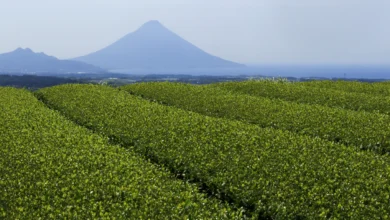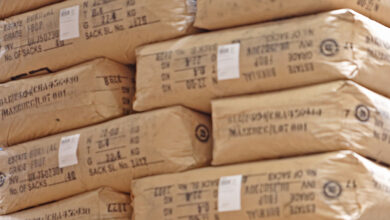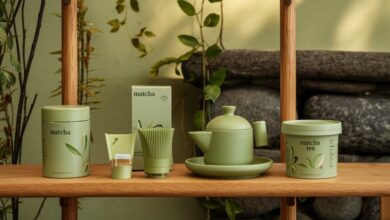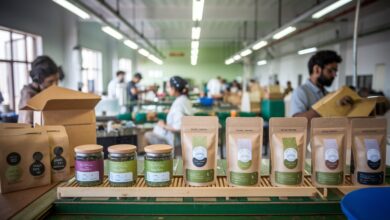How I Built a Sustainable Packaging System for My Matcha Brand
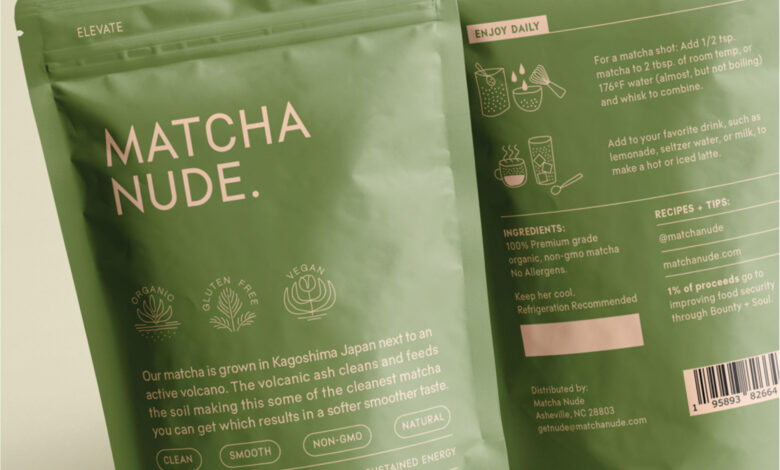
Introduction: Packaging Is Not Just a Box
When I started growing organic matcha on a small farm in Assam, I thought the biggest challenge would be farming. But I was wrong.
The real challenge came after harvesting and grinding the tea leaves — how do I package my matcha in a way that protects quality, tells my story, and doesn’t harm the planet?
In this article, I’ll share my full journey — from using plastic pouches to creating a sustainable, beautiful, and functional packaging system. If you’re building a green brand or starting your own product-based business, I hope my story helps you avoid common mistakes.
Why Packaging Is Important for Organic Brands
Not Just Looks — It’s Trust
People who buy organic products are more conscious. They care about what they put in their body and how the product affects the earth.
Your packaging is the first thing they touch — it should reflect your values:
- Is it eco-friendly?
- Does it preserve freshness?
- Does it tell a real story?
For matcha, where freshness and antioxidants are critical, packaging isn’t just design — it’s science.
My First Mistake: Cheap Plastic Pouches
In my early days, I used low-cost silver plastic pouches. They were airtight and easy to print. But there were 3 big problems:
- Plastic Smell: Some customers said the matcha smelled strange after a few weeks.
- No Story: My packaging didn’t explain who I was or where the matcha came from.
- Eco-Guilt: I was promoting organic and mindful living — but sending out non-recyclable plastic.
I knew I had to change.
Step-by-Step: How I Switched to Sustainable Packaging
Step 1 — Understanding Packaging Layers
Matcha is sensitive to:
- Light
- Air
- Moisture
- Heat
So I studied materials like:
- Kraft paper: Good for branding, but not moisture-proof alone.
- PLA (corn-based plastic): Compostable, but not great at sealing in aroma.
- Aluminum barrier + paper: Perfect mix of protection + eco-consciousness.
I decided to use multi-layer pouches:
Kraft paper outside + thin aluminum barrier + food-safe inner seal. It preserved freshness and was partly compostable.
Step 2 — Choosing a Minimalist Design
I wanted my brand to feel clean and honest.
So I avoided loud colors and shiny prints. Instead, I went with:
- Matte green tones
- Simple typography
- A short story on the back (my photo + QR code to video of farm)
Tip: People love to scan QR codes to see the real farm or process. It builds trust.
Step 3 — Local Printing and Small Batches
Big packaging companies asked for 10,000+ units. I didn’t have that budget.
So I found a local eco-packaging printer in Kolkata who agreed to print 500 pouches at a time.
I kept my design black-and-white, which made it:
- Cheaper
- Easily recyclable
- Compatible with rubber stamps (for batch numbers and expiry)
Step 4 — Shipping Without Plastic
Even though my pouch was eco-friendly, my first few deliveries were in bubble-wrap.
That had to change.
Now I use:
- Corrugated boxes (with recycled material)
- Shredded newspaper padding
- Paper-based tape instead of plastic tape
The full package is plastic-free and safe for 15-day international shipping.
What I Learned About Eco Packaging
1. Start Small and Test
Don’t order 5000 pouches until you test 50 with friends or early buyers. See how the packaging behaves after 2–3 weeks.
2. Educate Your Customers
Add a card or label that says:
“This pouch is made using kraft and plant-based layers. Please dispose in dry waste or compost.”
3. Story Beats Fancy
Big brands spend lakhs on glossy designs. But small brands win hearts with authenticity. Share your story — people care.
Bonus: Tools & Suppliers I Use
- Pouches: kraft + foil from [Ecowrap.in]
- Rubber Stamps: Local vendor, cost ~₹600
- Labels: Eco-friendly stickers from PrintStop
- Shipping Boxes: Recycled cartons from Packman
- Tapes: Kraft tape from Amazon (search “eco paper tape”)
Total packaging cost per unit: ₹18–₹22 (for 30g matcha pouch)
FAQ Section
Q1: Is sustainable packaging more expensive?
Yes, slightly. But you save money by buying smart (small batches, local suppliers) and gain long-term brand trust.
Q2: Can I export using kraft-based packaging?
Yes, as long as it’s airtight and meets food safety standards. Always do a moisture test before exporting.
Q3: What’s the best packaging for matcha?
Multi-layer pouches with inner foil and outer paper, packed in cool, dry boxes.
Q4: What if I can’t afford fancy packaging?
Use plain kraft pouches and add rubber stamps or printed labels. Simplicity works if your product is honest.
Q5: Does sustainable packaging help SEO?
Yes! Many customers search for “eco matcha,” “plastic-free tea,” or “sustainable green tea.” Mention these keywords in your blog and product pages.
Conclusion: Small Effort, Big Impact
Creating sustainable packaging was not easy — but it was worth it.
Today, when someone opens my matcha pouch, they see more than tea — they see a small Indian farmer trying to change things. That’s the power of packaging.
If you’re building a green business, start where you are. Learn, test, improve. Your story and your values are your best branding.
“Your packaging is your handshake with the customer — make it strong, clean, and human.”

